I did not attend a historically Black college or university, but I could argue that my childhood in Baton Rouge, La., was HBCU-adjacent. Located on Scott’s Bluff overlooking the Mississippi River, Southern University and A&M College is one big public HBCU with reach far beyond its campus. From tailgating at home games to attending the Bayou Classic — an annual matchup between Southern and rival Grambling State University that takes place in New Orleans’s Superdome — to taking part in the school’s various community programs, we were all a part of the Jaguar Nation.
Non-alums joined students and alumni in that nation of SU fans. And Southern University is hardly the only school to evoke this level of devotion. Across the country, Black families, individuals, and communities are steadfast fans of HBCUs, no matter what their connection to the school actually is.
Found mostly in the South, HBCUs are primarily schools established before the Civil Rights Act of 1964 to serve Black communities in a time of overwhelming discrimination facing Black students during segregation. Even today, HBCUs continue to add value to the broader world of higher education — for example by meeting the needs of low-income, first-generation students.
Recognizing the importance of the HBCU experience, the Human Rights Campaign, an LGBTQ rights advocacy group, decided it was a critical venue in which to tackle HIV. While HIV rates are declining overall in the United States, young Black men continue to see higher rates than their counterparts. In addition, HRC points to data from the Centers for Disease Control and Prevention that show 51 percent of youth don’t currently know their HIV status.
HRC reported that in 2015, youth and young adults ages 13 to 24 represented more than one in five new HIV diagnoses in America. Eighty percent of those diagnoses occurred in people ages 20 to 24. Among youth diagnosed with HIV in 2015, more than half (55 percent) were gay or bisexual Black men.
To help combat these statistics, HRC published a free guidebook on HIV prevention, awareness, and care, aimed specifically at administrators, students, and staff of HBCUs. Making History + A Pragmatic Guide to Confronting HIV at Historically Black Colleges and Universities can be downloaded at HRC.org and lays out four ways leaders and students can confront HIV on HBCU campuses, including developing and implementing formal HIV-inclusive policies; decreasing stigma and discrimination; providing comprehensive HIV and LGBTQ-inclusive sexual health education; and identifying and collaborating with campus and community partners.
Of course, you don’t need to be an HBCU student or staffer to get the truth about preventing and treating HIV. In the tradition of HBCUs, it’s time to educate ourselves, for ourselves.


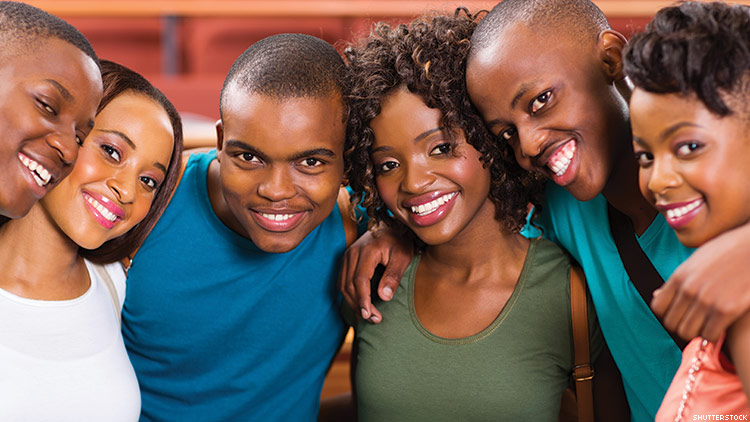


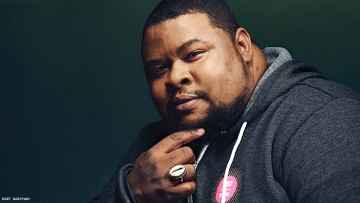
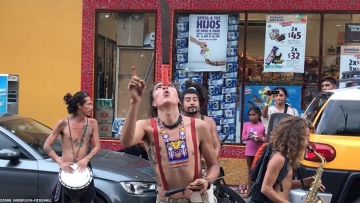
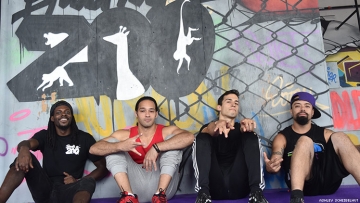
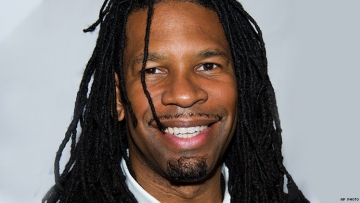
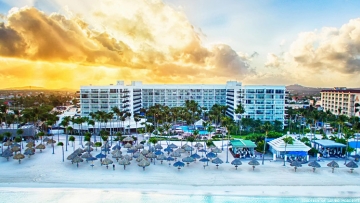
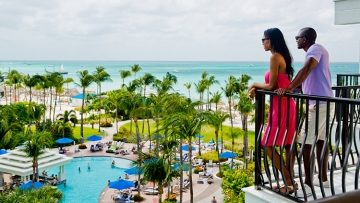
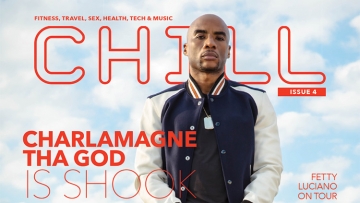



READER COMMENTS (